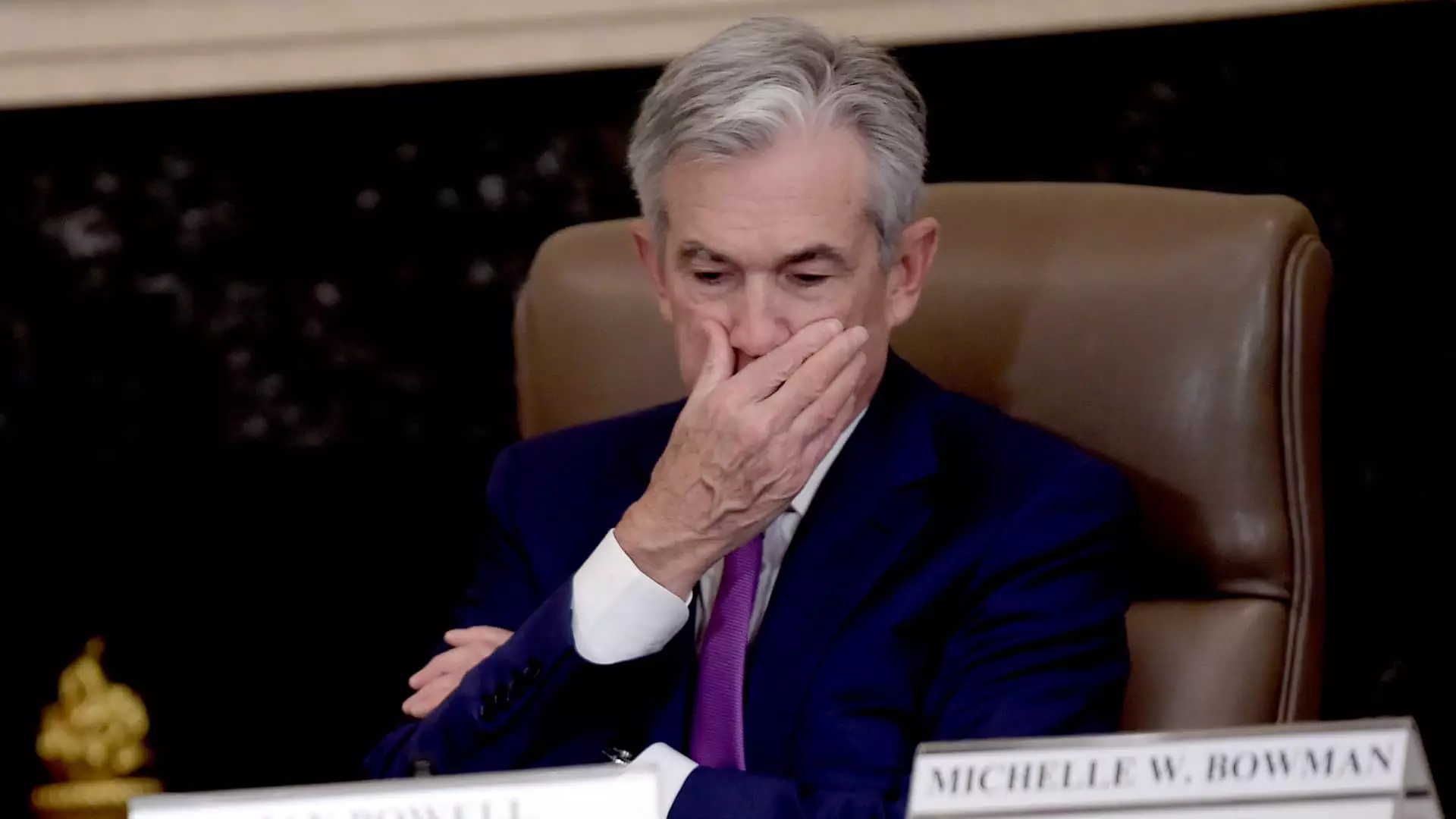In recent market news, an unexpected surge in the consumer price index has raised concerns among economists and investors. However, the focus is shifting towards a more specific measure known as supercore inflation, which provides a deeper insight into underlying price trends. This article will delve into the implications of supercore inflation and its impact on the economy.
Apart from the traditional core CPI, which excludes volatile food and energy prices, the supercore inflation reading goes a step further by excluding shelter and rent costs from its services component. This measure aims to provide a more accurate reflection of underlying price movements, particularly in the current economic climate where housing inflation is perceived as a temporary issue. With supercore inflation accelerating to a 4.8% pace year-over-year in March, concerns have been raised about its divergence from the Federal Reserve’s 2% target.
Economic Outlook and Market Reaction
Tom Fitzpatrick, a managing director at R.J. O’Brien & Associates, highlighted the alarming trend of supercore inflation exceeding 8% when annualized over the last three months. This sharp increase has prompted fears among Fed officials, who are struggling to address the mounting inflationary pressures. The recent data showing a 3.5% year-over-year increase in CPI has triggered a sell-off in equities and pushed Treasury yields higher. Market expectations for a rate cut have also been pushed back to September, reflecting growing concerns about inflation.
One of the key challenges facing the Federal Reserve is the complex macroeconomic landscape characterized by demand-driven inflation and stimulus-induced consumer spending. The surge in discretionary spending in recent years has contributed to record inflation levels, making it difficult for the central bank to achieve its 2% target. Moreover, persistent components of services inflation such as household necessities pose a further obstacle to controlling price pressures.
Impact on Monetary Policy
The tightening consumer savings rate and rising borrowing costs have further complicated the Fed’s policy decisions, leading to a cautious approach towards interest rate hikes. Despite the need to combat inflation, the stickiness of current price drivers may limit the effectiveness of monetary tightening. As economists debate the possibility of future rate hikes, the Fed remains vigilant in its efforts to stabilize prices and restore confidence in the economy.
The rise of supercore inflation presents a significant challenge to policymakers and investors alike. The implications of this trend are far-reaching, affecting market sentiment, monetary policy decisions, and overall economic stability. As the Fed grapples with elevated inflation levels, the path towards sustainable price growth remains uncertain. It is imperative for stakeholders to closely monitor developments in supercore inflation and adapt their strategies accordingly to navigate the evolving economic landscape.

